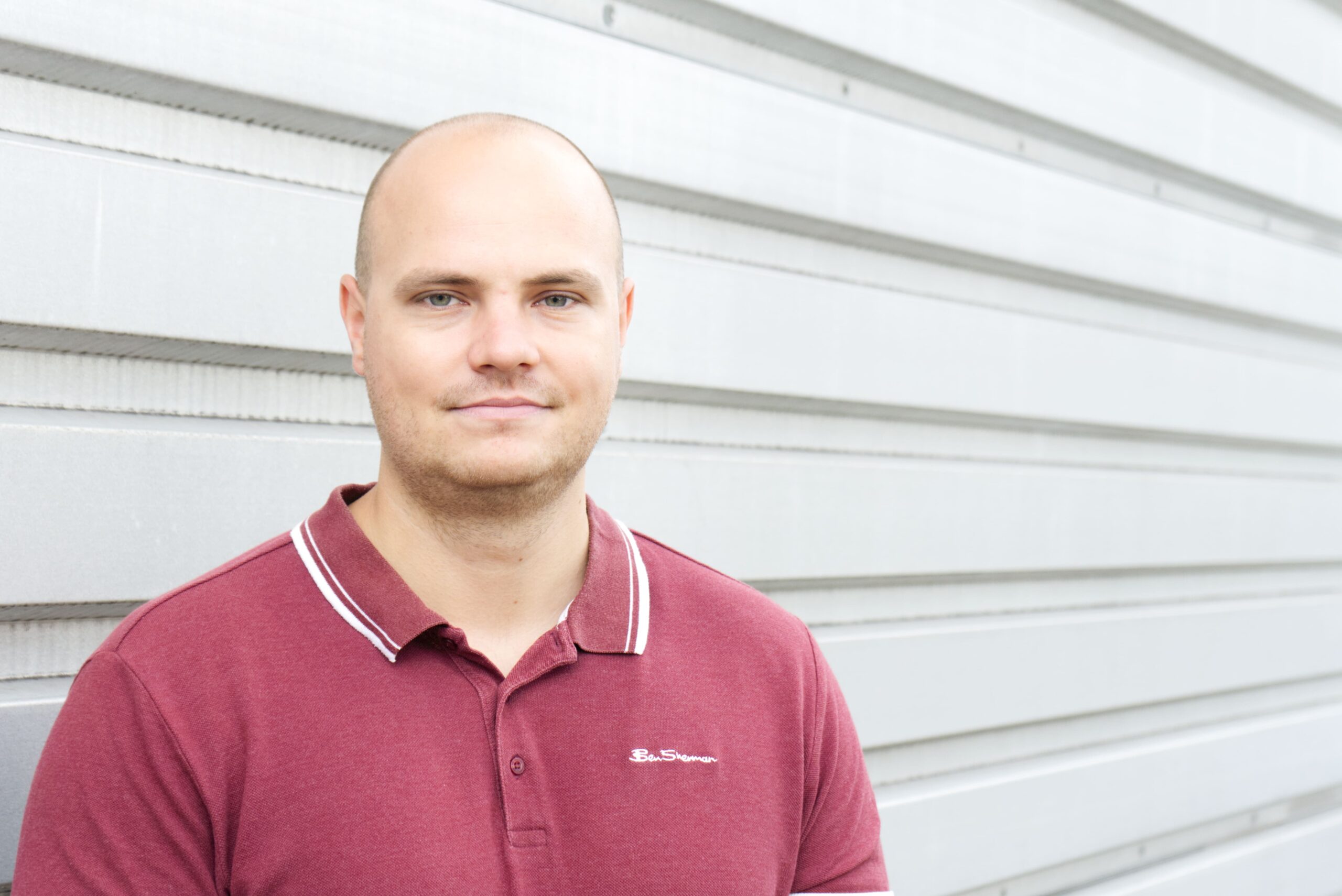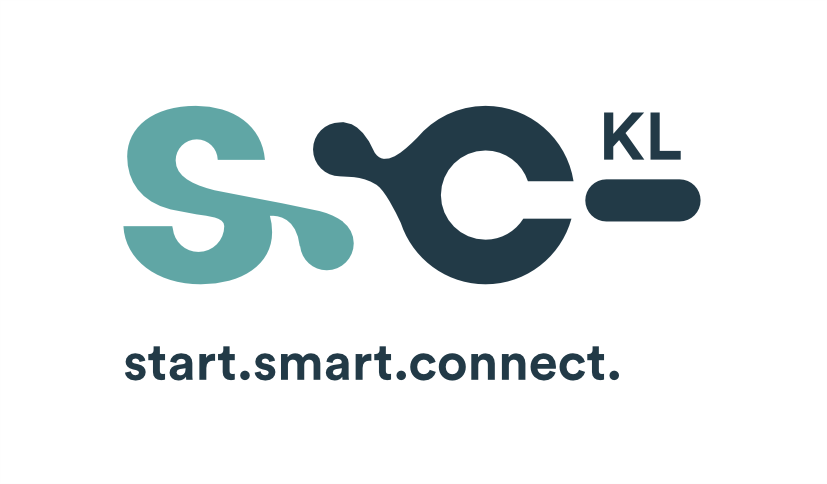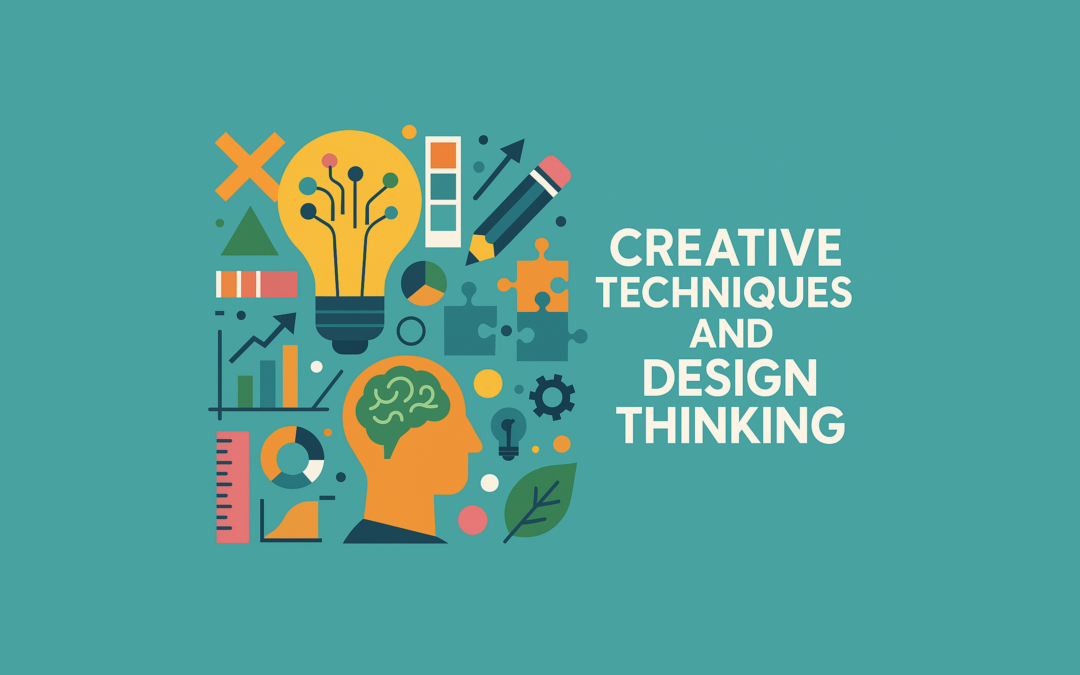Boost Your Creativity: Techniques for Innovation and Problem-Solving
Creativity is the cornerstone of every innovation. Without it, it becomes difficult to develop and drive forward real innovations. Not everyone is equally creative, some people have new creative ideas all the time, others are more sober and analytical. But there are ways and methods to stimulate creativity in everyone. Whether alone or in a team. In this course, you will learn various creativity techniques that you can use to further develop your product, a cool marketing campaign or to improve your team.
Creativity techniques are methods and tools that are used to promote creativity. The aim is to encourage the generation of new ideas and visions in order to solve problems, drive innovation or make projects more successful.
In this section, you will find out exactly what creative techniques are, what different techniques there are and how you can implement them. We have selected three specific methods that our speaker will present to you.
Video 1: Creativity techniques - Part 1
Video 2: Creativity techniques - Part 2
Video 3: Creativity techniques - Part 3
Video 4: Design Thinking
FAQ - Frequently asked questions
How do I choose the right technique for my team?
A common question is: “Which method is the right one?” That depends on the goal. If you want to gather as many different ideas as possible, associative methods are a good choice. If you want to systematically combine or develop existing ideas, configurative techniques are more helpful. It is often worthwhile to combine both: first spread out broadly, then structure.
How much time should I allow for a creativity session?
After watching the videos, the question often remains as to how long such methods take to implement in practice. The good news is that many methods can be easily completed in 30–60 minutes. It is important to set clear time frames so that the group remains focused and does not lose its way.
What do I do if no really good ideas come out of it in the end?
This is a common thought: “What if it doesn’t work?” – Even then, it wasn’t a waste of time. Even less useful ideas help to better understand the problem. It is often worthwhile to refine the question and do a second round with a different method.
What is the best way to document the results?
Many participants are unsure how they can use the results from the methods later on. The easiest way is to collect ideas on cards or a digital board, add short descriptions, and assign a “next step” to the top ideas. This keeps the work tangible and usable.
What if different opinions arise within the team?
This is completely normal. Clear rules help here: first collect, then evaluate. And when evaluating, there should be no discussion, but rather a decision based on predefined criteria.
This way, you avoid endless debates.
Can I combine several creativity techniques in one session?
Yes, this often makes sense. For example, you can start with an associative technique such as Six Thinking Hats to gain different perspectives. Then use a structuring technique such as the morphological box to systematically organize the ideas you have collected. It is important not to mix the methods wildly, but to use them consciously one after the other.
How do I deal with “idea blocks” in the team?
It is normal for there to be periods when “nothing new” comes up. Short breaks, a change of method, or small provocations (“How would a child solve the problem?”) can help here. Concrete examples or analogies from completely different areas can also stimulate the flow of ideas again.
How detailed does the problem definition need to be before we start?
The problem should be clear enough that everyone understands what it is about, but open enough to allow for different solutions. A good guideline: a precise “How might we…?” question is enough to get started.
How many ideas should we select in the end?
It is better to pursue a few ideas than to get bogged down. One to three ideas are enough to move into the prototyping phase. You can park the remaining ideas—they may be valuable later.
What if users give very different feedback during testing?
Different opinions are normal. Look for patterns: Are certain criticisms or requests repeated? If so, they are relevant. You can take individual opinions into account, but you don’t have to implement them immediately.
How can we put the results of creativity sessions into practice?
After each session, write down concrete next steps: Who will continue working on which idea, which prototype will be built, when will it be tested? Without this transfer, results often remain stuck on Post-its and are not implemented.
Do we always have to go through all six design thinking phases strictly one after the other?
No. The process is flexible. If you already know a lot about your users, you can keep the “observation” phase shorter. Or you can repeat individual phases several times, e.g., finding ideas → prototype → testing → back to ideas. The important thing is the iterative approach, not the rigid sequence.
Glossary
Design Thinking
Short definition: Human-centered innovation approach that solves problems through understanding, ideation, prototyping, and testing.
Benefit: Promotes solutions that truly meet user needs.
Example: Developing an app through user interviews, sketches, and prototype testing.
Creativity Techniques
Short definition: Methods for systematic idea generation.
Benefit: Increase the variety and quality of ideas, help develop new ones and improve existing ones.
Example: Brainstorming, mind mapping, or the 6-3-5 method.
Associative Creativity Techniques
Short definition: Generate ideas through connections, analogies, or stimulus words.
Benefit: Encourage fresh thinking, breaking patterns, and out-of-the-box ideas.
Example: Stimulus word analysis – the word “mountain” inspires new approaches to data architecture.
Configurative Creativity Techniques
Short definition: Break down a problem into parameters and combine different variations.
Benefit: Structured generation of new variants, guided modification of existing ideas.
Example: Morphological box for sensors, energy sources, and application scenarios.
Divergent Thinking
Short definition: Generating as many ideas and options as possible.
Benefit: Encourages variety and creativity.
Example: Collecting 50 solution approaches without evaluation.
Convergent Thinking
Short definition: Selecting and narrowing down the best options.
Benefit: Leads to clear decisions and focus.
Example: Team votes with dot stickers on the 3 most promising ideas.
Timeboxing
Short definition: Fixed time limits for activities.
Benefit: Increases efficiency and prevents endless discussions. Must be followed strictly to be effective.
Example: 10 minutes of ideation, then stop.
Iteration
Short definition: Repeated adaptation and improvement through feedback.
Benefit: Increases quality and user-fit of solutions.
Example: Prototype → test → feedback → revision → new prototype → …
Problem Space
Short definition: Analysis phase in which user needs and challenges are understood.
Benefit: Prevents premature solution-orientation.
Example: Interviews reveal that the real problem is time management, not technology.
Solution Space
Short definition: Phase in which concrete ideas and prototypes are developed.
Benefit: Translates insights from the problem space into tangible solutions.
Example: Developing a calendar app after analyzing time management issues.

Hi, i'm Lukas
and I manage the e-learning program. Do you have any further questions? Feel free to contact me via email: theisen@gruendungsbuero.info

